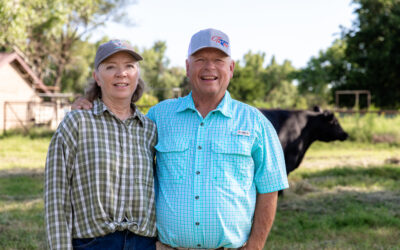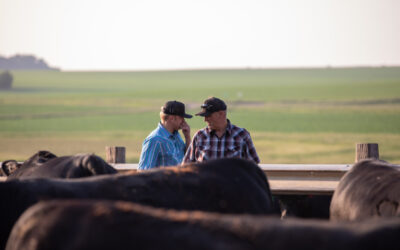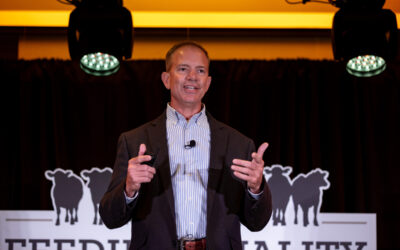
A successful separation, part 2

Prior to weaning, male calves should be neutered, calves with horns should be dehorned, and all should be dewormed and receive their vaccinations. Just what vaccinations are best? That’s for you and your vet to decide, but it all comes down to one thing: how you plan to market these calves.
- There are exact product guidelines and timing of shots that qualify for branded production systems. These often add $15 to $20 per head to the sale price. There are also a lot of workable options that fall short of ideal but provide fairly effective protection for calves. Work toward the ideal.
- Targeting a natural program?
Vaccinations are a cornerstone because calves that require antibiotics later would become ineligible. - If your calves will go straight to market at weaning, be sure to send along details of their health program and genetics. You probably won’t get full value for your efforts, because bawling calves don’t sell themselves well. But a health report may provide some reassurance to bidders that the calves can overcome the stress.
At weaning, we recommend you continue the animal health plan by:
- Administering boosters.
- Consider using a medicated starting ration for at least 60 days to reduce sickness and digestive problems like bloat. Rations with an ionophore and coccidiostat are recommended.
- Allowing calves to go through a minimum 45-day preconditioning program before shipping gets them better prepared for the next phase.
Of course, these guidelines are only general recommendations and no substitution for your own vet’s advice.
The key is to find a plan that will work within your operation’s goals and budget.
Stay tuned Friday as we conclude this series on weaning-time nutrition tips.
You may also like
Helping Hands, Helping Herds
“When I die, I want to come back as one of your cows,” murmurs a friend to Steve Zybach. Full to the brim from an alfalfa ration every day, bountiful fields of lovegrass stretched out across the Texas Panhandle—and owners who leave no ounce of cattle care up for question. The Zybachs’ motivation for this level of dedication to their Angus cattle is simply love.
System Over Scale
For Dallas Knobloch, it’s not about being the biggest feedyard—it’s about building a high-quality system that works. Today, with Tory’s wife Sadie and daughter Ivy, the Knobloch family owns and operates 4K Cattle. They feed 2,500 cattle at eight locations within 10 miles of home, manage 1,000 acres of crops and run a 125-head cow herd, all near Hills, Minn.
Data-Driven Progress and Partnerships
Discussions at Feeding Quality Forum reaffirmed the industry’s commitment to quality, transparency and innovation. With record Prime rates and strong consumer demand, producers who invest in genetics, health and relationships are positioned to drive progress and capture premiums.



